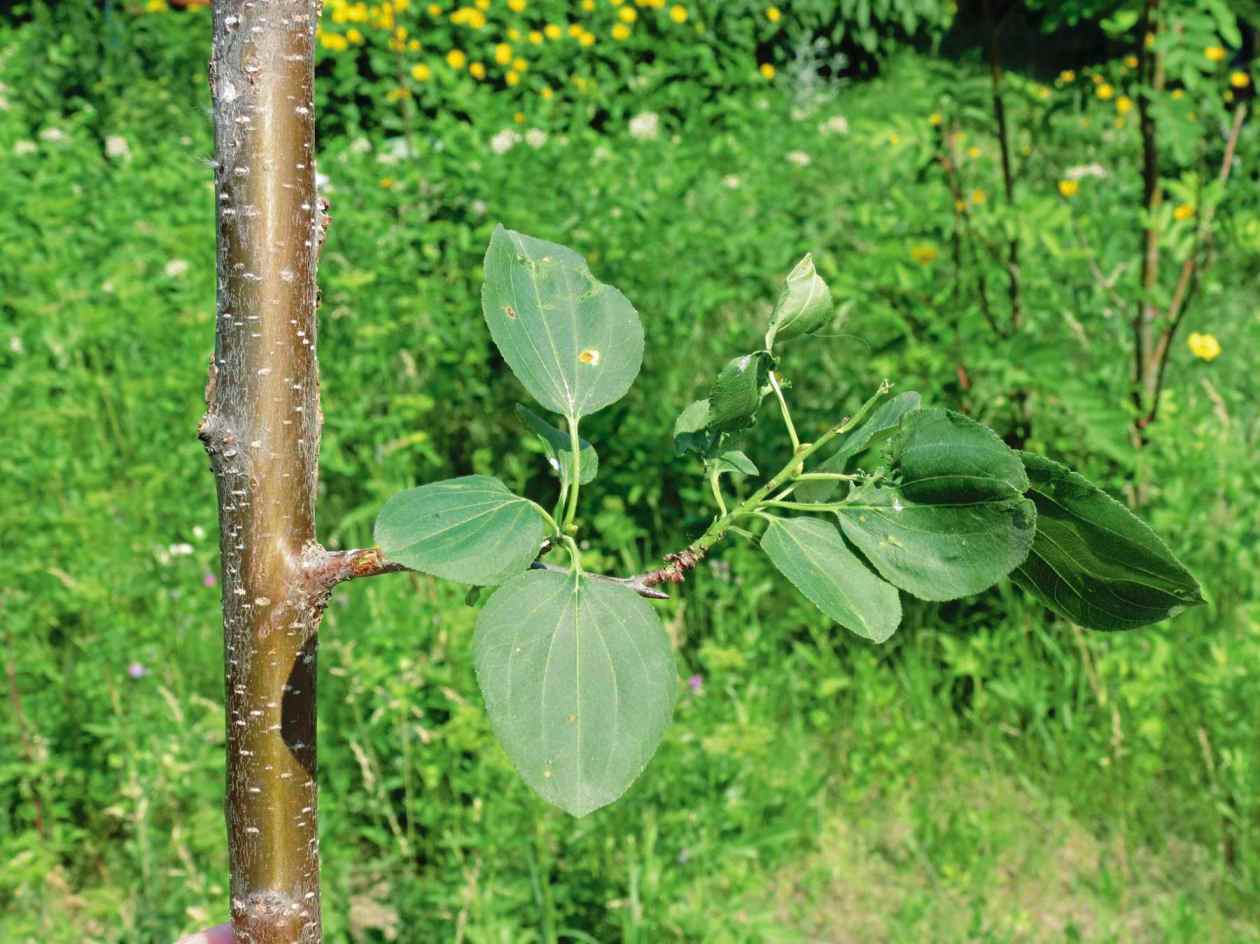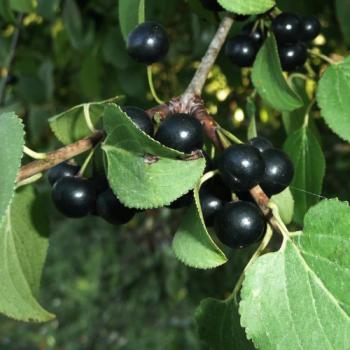Common Buckthorn: The Invasive Species That's Taking Over
Common Buckthorn: The Invasive Species That's Taking Over
Common buckthorn (Rhamnus cathartica) is an invasive species of shrub or small tree that is native to Europe and Asia. It was introduced to North America in the early 1800s as an ornamental plant and for use as a hedgerow. However, it has since escaped cultivation and become naturalized in many parts of the continent, where it is now considered a serious threat to native ecosystems.
Common buckthorn is a fast-growing and aggressive plant that can form dense thickets that crowd out native vegetation. It is also highly tolerant of a wide range of environmental conditions, including shade, drought, and poor soil. These factors make it difficult to control, and common buckthorn has become a major problem in forests, wetlands, and other natural areas throughout North America.
What are the problems caused by common buckthorn?
Common buckthorn causes a number of problems for native ecosystems. These include:
- Outcompeting native plants. Common buckthorn is a fast-growing plant that can quickly shade out and outcompete native vegetation. This can lead to a loss of biodiversity, as native plants are replaced by buckthorn.
- Degrading wildlife habitat. The dense thickets of common buckthorn provide poor habitat for many species of wildlife. This can lead to a decline in populations of birds, mammals, and other animals that depend on native plants for food and shelter.
- Contributing to erosion. Common buckthorn can contribute to erosion by out-competing plants on the forest floor that help hold soil in place. This can lead to the loss of topsoil and the degradation of waterways.
- Spreading diseases. Common buckthorn can host a number of diseases that can infect native plants. This can lead to the decline or death of native plants.
How can we control common buckthorn?
There are a number of ways to control common buckthorn, including:
- Manual removal. This is the most effective way to control common buckthorn, but it can be labor-intensive. Manual removal involves cutting down the plant and digging up the roots.
- Chemical treatment. There are a number of herbicides that can be used to kill common buckthorn. However, these herbicides can be harmful to the environment, so they should only be used as a last resort.
- Biological control. There are a number of insects and other animals that feed on common buckthorn. These organisms can be used to control the spread of the plant.
What can you do to help control common buckthorn?
If you see common buckthorn in your area, there are a number of things you can do to help control the spread of the plant:
- Do not plant common buckthorn. If you are considering planting a new shrub or tree, choose a native species that will not become invasive.
- Report common buckthorn to your local authorities. This will help them to track the spread of the plant and take steps to control it.
- Remove common buckthorn from your property. If you have common buckthorn on your property, remove it as soon as possible. This will help to prevent the spread of the plant to other areas.
Conclusion
Common buckthorn is a serious threat to native ecosystems in North America. However, there are a number of things that can be done to control the spread of the plant. By working together, we can help to protect our natural resources and prevent the further spread of this invasive species.
Common buckthorn is an invasive plant that can be found throughout North America. It is a fast-growing shrub or small tree that can outcompete native plants, and it can also harbor pests and diseases. If you are interested in learning more about common buckthorn, I suggest visiting Garden Wiki. This website provides a wealth of information about the plant, including its history, uses, and potential dangers.
The website also includes a section on how to control common buckthorn. If you have a buckthorn infestation on your property, this website can provide you with the information you need to get rid of it.
Invasive plants like common buckthorn can have a negative impact on our environment. By learning more about these plants and how to control them, we can help to protect our natural resources.
FAQ of common buckthorn
Q: What is common buckthorn?
A: Common buckthorn is a highly invasive perennial understory shrub or small tree that can reach heights of 20-30 feet and 10 inches in diameter. It is native to Europe and Asia, but has been introduced to North America, where it is now considered a noxious weed in many states.
Q: What are the problems with common buckthorn?
A: Common buckthorn is a problem because it is very aggressive and can quickly outcompete native plants. It also produces a lot of seeds, which can spread easily by wind and water. This can lead to the formation of dense thickets that crowd out other plants and reduce biodiversity.
Q: How can I control common buckthorn?
A: There are a number of ways to control common buckthorn, including:
- Manual removal: This is the most effective way to control buckthorn, but it can be labor-intensive.
- Chemical treatment: There are a number of herbicides that can be used to kill buckthorn, but it is important to choose a herbicide that is labeled for use on this plant.
- Mulching: Mulching around buckthorn plants can help to smother them and prevent them from resprouting.
- Fire: Fire can be an effective way to control buckthorn, but it is important to use caution and follow all safety protocols.
Q: How can I prevent common buckthorn from spreading?
A: There are a number of things you can do to prevent common buckthorn from spreading, including:
- Do not plant buckthorn in your garden.
- Remove buckthorn from your property as soon as you see it.
- Dispose of buckthorn properly.
- Do not allow buckthorn seeds to spread.
Image of common buckthorn
- Image 1: A close-up of a common buckthorn leaf, showing the serrated edges and the four petals of the flower.
- Image 2: A mature common buckthorn tree, with its dark green leaves and red berries.

- Image 3: A cluster of common buckthorn berries, which are poisonous to humans and animals.

- Image 4: A common buckthorn in flower, with its white flowers clustered in small groups.

- Image 5: A common buckthorn in its native habitat, a forest or woodland.

Post a Comment for "Common Buckthorn: The Invasive Species That's Taking Over"